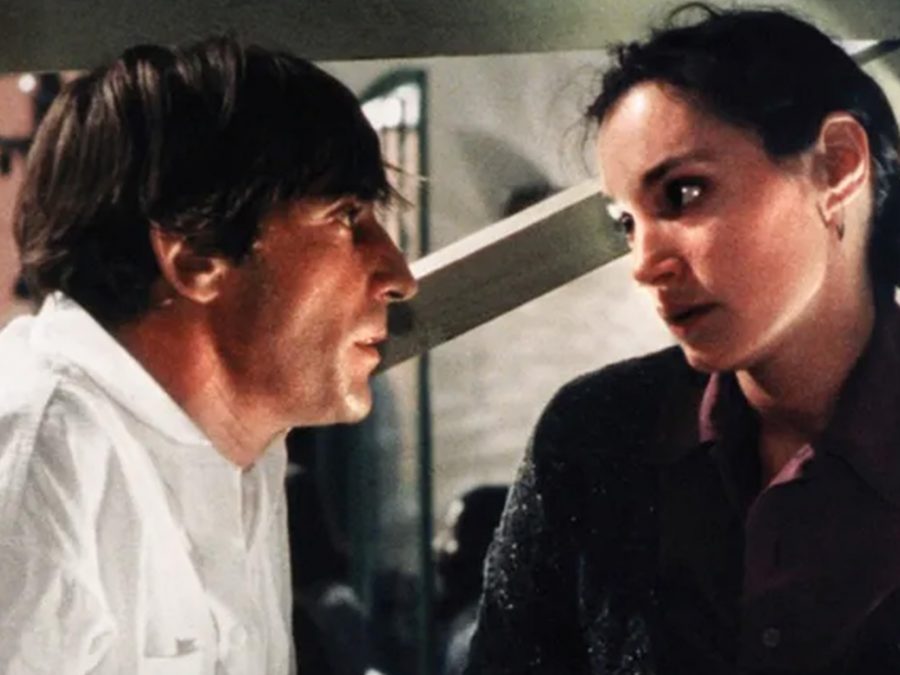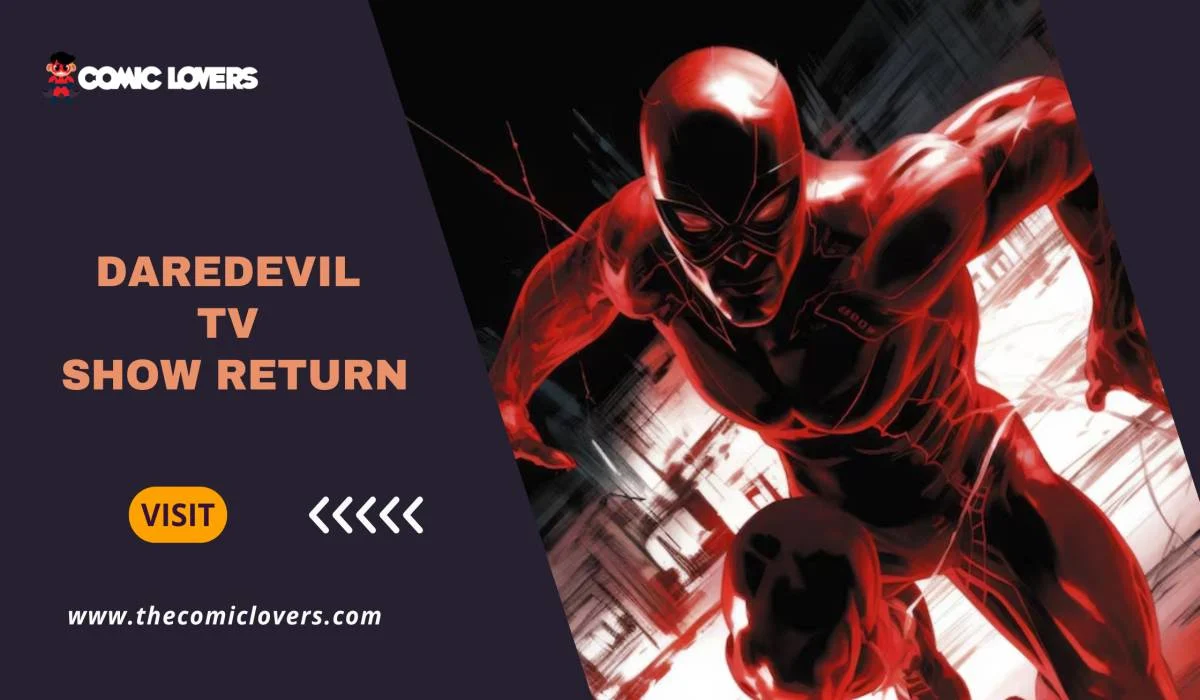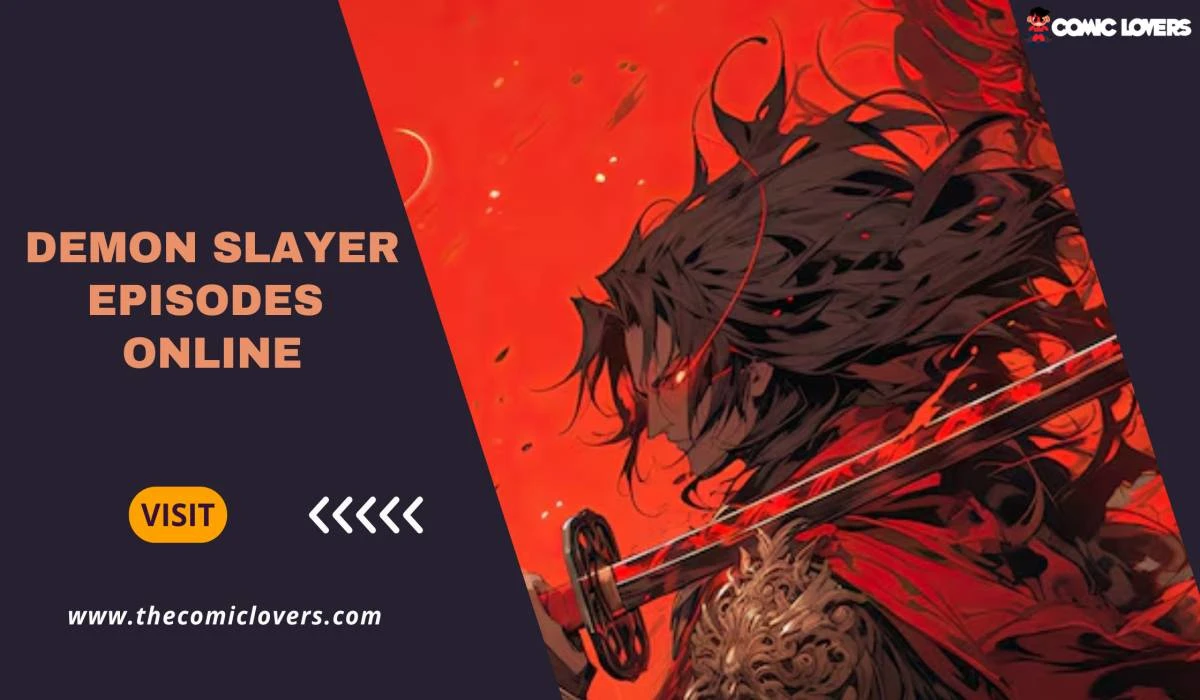In a new series, we’re triumphal the films we loved that aren’t likely to dominate the awards race. Over the new few weeks, our writers make passionate arguments for the performances and craft that stood out to them, from blockbusters to arthouse and everything in between.
“Animation is not a fucking genre, volatility is film”, so director Guillermo del Toro has repeatedly stressed during the the printing tour for his version of Pinocchio with co-director Mark Gustafson. His worshipped reinforcement of the multifaceted nature of the art form and insistence that it’s not something trivial or solely a children’s pursuit has been continually boosted by other enthusiasts and volatility industry professionals.
But as far as the Academy is concerned it’s merchantry as usual, with no indication they’ll be waffly their ways unendingly soon. It’s not so much that the wrong films are stuff honoured – despite a lack of 2D volatility this year unquestionably has a decent lineup consisting of del Toro’s Pinocchio, Turning Red, Puss in Boots: The Last Wish and Marcel the Shell With Shoes On. There’s some variety despite some puzzling omissions – and a unshared lack of international mucosa – but this year had me wondering increasingly well-nigh the ways that volatility doesn’t get treated with the same unrestrictedness that live whoopee films do.
As Alberto Mielgo said at the 2022 ceremony, “animation is an art that includes every single art that you can imagine”, and it’s rare that turned-on films get such recognition vastitude their cordoned-off segment of the ceremony, a whole umbrella of variegated artforms flattened into one homogenous category. The most representation any turned-on features get outside of this is probably in the soundtrack and original song categories, as far as Disney is concerned anyway. So as well as insisting that Inu-Oh, the latest mucosa by Masaaki Yuasa, moreover obviously should be standing in the Best Turned-on Full-length category, I would moreover oppose that it deserves its place in the technical categories vastitude that too.
In an platonic world where all the facets of international turned-on work got their deserved props, Inu-Oh would moreover be sitting comfortably in production design. Why not? Avatar: The Way of Water, which is nominated in that category, is a mucosa that’s mostly turned-on through its motion capture performances and computer generated backgrounds, so it’s not unthinkable.
Before 2012 the ribbon for Best Production Diamond was originally Best Art Direction, and was expanded to include set designers and decorators – an unexclusive triumph of the artists who make mucosa interiors. Animation, of course, has production diamond and art direction too, and Inu-Oh’s is unrenowned for its playfulness with visuals that finger both outmoded and traditional.
The story itself is set virtually 600 years ago, in a period of new rule without the Heike Clan were destroyed at the Battle of Dan-no-ura. Reminders of the clan are held only in lost artefacts and the songs of travelling Biwa priests, reciting historical stories through music. The inside premise of Inu-Oh is this: what if the Noh performers of this time conducted themselves with the music, looks and attitudes of trendy rockstars, the moves of ballet dancers and unravel dancers?
In his presentation of these anachronisms, Yuasa’s continual formal experimentation proves as enthralling as ever. The art direction from Hideki Nakamura incorporates variegated styles from wideness time, evoking Japanese paintings from wideness time in backgrounds that build upon the varied styles of Yuasa’s past work. Even as the mucosa leans into the supernatural, Nobutake Ito’s weft designs (originally designed by manga tragedian Taiyō Matsumoto) alimony things feeling grounded, accentuating little human flaws.
One thing that stands out is while Yuasa’s direction often leans into wresting and expressionism, Inu-Oh moreover emphasises tactility and realism in unrepealable places to make its placement of modern stagecraft and performance in the past finger believable. This goes right lanugo to the diamond of the sets and stages on which Tomona and Inu-Oh perform, as the movie shows with unconfined intricacy the technical logistics and the effects work of the concerts, to the point that the mechanics finger utterly real.

I’ve spoken before well-nigh these moments as some of my favourites of the film, and how it presents the magic of the duo’s shows – for example, we see unenduring flashes of how the stages and props are physically operated, and there’s just unbearable operational detail shown that for just a moment it feels as though they’re not objects fully within the director’s control.
This is still only just one small, uncanny moving part: an early standout sequence melts yonder much of the environment and softens its artwork in representation of Tomona’s wits of the world without losing his sight (I would requite the same sequence as a specimen for Inu-Oh moreover deserving props in the sound categories – songs included). Throughout its relatively short running time, so many variegated styles of drawing, painting and movement are seamlessly sewn together; it’s a variety of sensory pleasures unrivalled by so many cinematic contemporaries, and it has just as much yearing and visual wizardry as the films chosen for the very Production Diamond shortlist.
If Inu-Oh’s nature as a 2D (and sometimes 3D) turned-on mucosa is a windbreak to consideration in this category, then you could moreover take the production diamond of Pinocchio (plus Netflix’s other 2022 stop-motion feature, Henry Selick’s Wendell & Wild) as a reminder that stop-motion turned-on films do uncanny work with physical sets, costumes and props themselves. Take moreover Phil Tippett’s gross-out odyssey Mad God, which withal with Pinocchio’s Curt Enderle and Guy Davis has been picked out for Best Production Diamond at the Annie Awards, awarded by the International Turned-on Mucosa Association.
The rather controversial nomination to create a siloed-off Best Turned-on Mucosa category was made in 2001, seemingly to stave nominating Shrek for Best Picture, and overly since then winners have been whatever Disney or Pixar produced mucosa came out that year (Shrek, Spirited Away, Wallace and Gromit: Curse of the Were-Rabbit and Spider-Man: Into the Spider-Verse stuff the notable exceptions). Following the 2017 rule transpiration to indulge voters outside of the volatility profession to vote – as Sam Summers observes in his 2018 piece for Vox – the category’s support for both international and indie volatility has dwindled while the gap between this and say, something like the Annies has widened. One wonders if Alê Abreu’s upcoming mucosa Perlimps will receive the same kind of recognition as Boy and the World did. It’s easy to handwave this as yet flipside sign of the unseriousness of mainstream awards shows, of how out of touch Academy voters are, but as Summers points out, there’s a tangible effect that it has on the exhibition and viewership of unrepealable films, what might get introduced to an regulars vastitude defended enthusiasts.
Perhaps recognition in technical categories outside of the volatility industry’s own awards ceremonies would do the same on a macro level, reinforcing the idea of all of the variegated arts and practices that go into animation. Barring some rather thorough rule changes as well as changes in perception of turned-on mediums, it won’t happen considering of the way that Academy voters are – they seem difficult to convince to watch any volatility that isn’t Disney-produced, let vacated anything international. Maybe this could be stock-still if increasingly volatility industry voters were picked up, but I can’t pretend to know well-nigh such insider technicalities.
It’s not as though the effort put into turned-on films goes totally unrecognised – the Annies and other volatility industry awards shows exist to recognise these creatives, and unravel lanugo category awards for turned-on mucosa to this extent (though naturally, upper profile domestic features pick up the most nominations over international or underground productions). The Oscars are far from the only awards stage that matters. But it’s nice to imagine a state where the technical prowess of turned-on films are treated with respect on an equal level to the live-action films which the Academy Awards supposedly champion – a reminder that there’s increasingly they can (and should!) be given credit for.
The post Why Inu-Oh deserves the Oscar for Best Production Design appeared first on Little White Lies.






